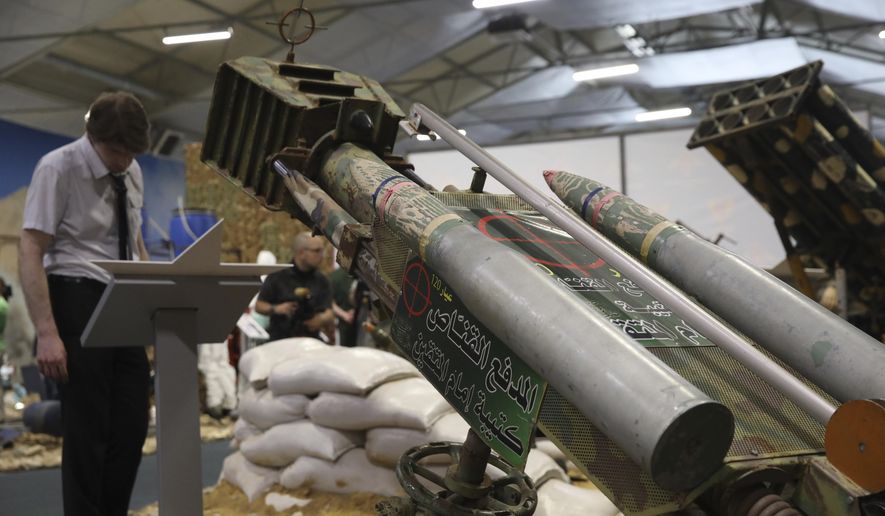Russian troops, warplanes and attack helicopters have been pulled off the battlefield in Syria over the last several weeks, in a move Moscow claims is the beginning of the end of the country’s involvement in the war-torn nation.
Just over 1,100 Russian soldiers and over 20 jet fighters and attack helicopters have been withdrawn from frontline positions inside regime-controlled territory in Syria, Russian President Vladimr Putin said Friday.
“The Russian army clearly demonstrated its growing potential and better coordination among military units in the struggle with terrorists in Syria,” he said during a ceremony honoring recent military academy graduates in Moscow, Russian state news agency Tass reported. The Russian warship Admiral Essen has also reportedly left the Mediterranean Sea and is en route back to the Russian naval base of Sevastopol, Tass reports.
The warship had been based in the Mediterranean since March, as part of Moscow’s military support mission in Syria, backing government troops loyal to Syrian President Bashar Assad. Iran and Russia have been the only international allies to back the Assad regime and its efforts to stamp out anti-government factions battling Damascus during the country’s ongoing civil war.
But the reported military drawdown in Syria by Moscow comes ahead of a scheduled meeting between Mr. Putin and President Donald Trump in the coming weeks.
During the meeting, tentatively slated for July 16 in Finland, the two world leaders will discuss “a range of national security issues,” said White House press secretary Sarah Huckabee Sanders in a statement Thursday. Among those issues will likely be the way forward for Moscow and Washington in Syria.
In April, Mr. Trump suggested “it’s time to come back home” from Syria. “We’ve had a tremendous military success against ISIS. I want to get out, I want to bring our troops back home. I want to start rebuilding our nation,” he said during a White House press conference that month.
Several top U.S. diplomats and national security have since pushed back against the idea, noting the American mission to help defeat the Islamic State in Syria was far from over.
“We are in Syria to fight ISIS. That is our mission and our mission isn’t over and we are going to complete that mission,” said Brett McGurk, the special U.S. envoy for the global coalition against Islamic State, during an April speech at the U.S. Institute for Peace in Washington.
But Russian military leaders say the ongoing withdrawal is not linked to the upcoming Finland summit with the U.S., but is part of a long-term effort beginning last December to ramp down Moscow’s military footprint in Syria. That month, Mr. Putin announced the drawdown plan after a one-on-one meeting with Mr. Assad during a surprise visit to Russia’s main military air hub in the country.
At the time, the plan was met with healthy amount of skepticism among Defense Department officials, who noted Moscow’s spotty track record delivering on previous plans to scale down its presence.
“Russian comments about removal of their forces do not often correspond with actual troop reductions, and do not affect U.S. priorities in Syria,” Pentagon spokesman Col. Rob Manning told reporters in December.
Russia announced plans to drawdown its forces in Syria in 2016, as part of a tentative cease-fire brokered by Moscow between anti-government forces and the Assad regime in March of that year.
Russia again vowed to step back its military presence in Syria in December 2016, after Syrian troops backed by Iranian paramilitaries and Russian airpower, retook the rebel stronghold of Aleppo that month.
In both instances, Moscow’s significant military presence remained in place despite Russia’s assurances.
• S.A. Miller contributed to this article.
• Carlo Muñoz can be reached at cmunoz@washingtontimes.com.




Please read our comment policy before commenting.